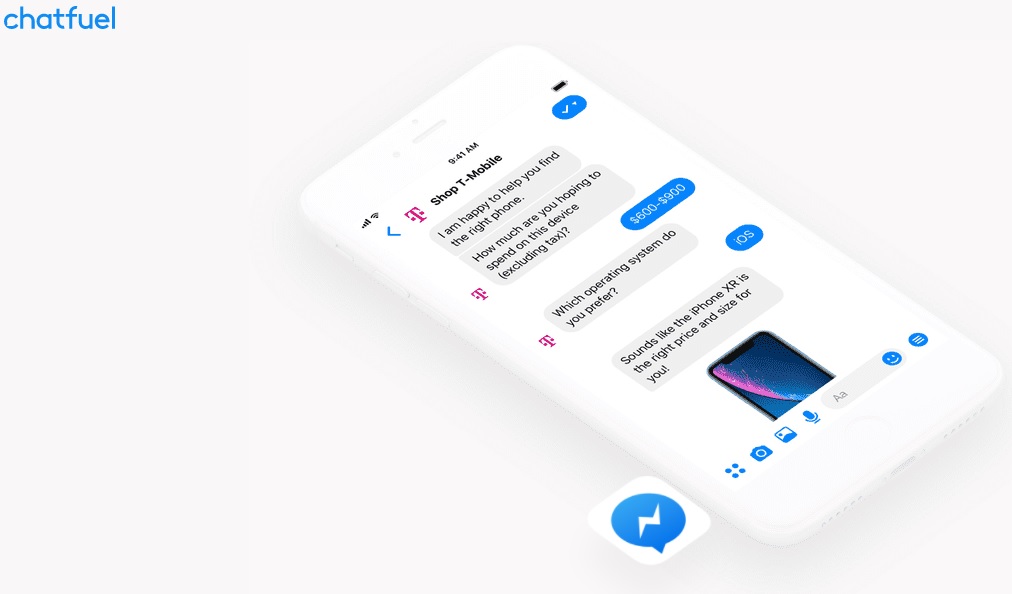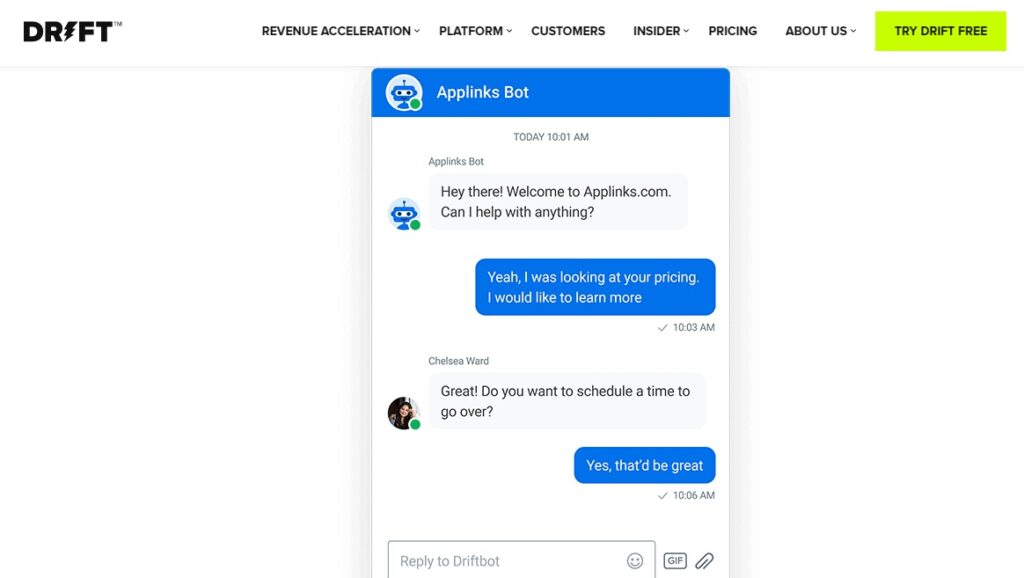Have you ever visited a site that greeted you with a chat bubble asking if you need any help? If you have, then you’re one of many who’ve experienced conversational marketing. And if you’ve also interacted with such a chat bubble, then the site’s objective of increasing customer engagement worked.
More and more websites are turning to conversational marketing to boost engagement and close more sales. If you haven’t considered doing this yet, maybe it’s time you did. Let’s dive deeper into this topic.
You will need a few tools for your conversational marketing strategy to work. Whether you’re aiming to have conversations on your site or wish to connect with customers via social media, there is a tool for you to use to make things easier. Check out these five examples.

This is a plugin that you can use with Facebook Messenger. It helps you interact better with people who comment on your Facebook posts by sending them a personal message.
By design, Chatfuel is an intuitive tool that can help you build chatbots that can initiate conversations, respond to queries, make recommendations, and even qualify leads.

Conversational marketing is a great way to interact with your target market and increase engagement. It is a way to gather information on your audience and to get firsthand information on what they need. It’s also a way to help your brand increase revenues and to create lasting relationships with customers.
It’s a strategy that isn’t disappearing anytime soon because companies everywhere have seen the merits of such a tool. If you don’t have conversational marketing as part of your overall marketing strategy yet, maybe it’s time you considered adding it in.


